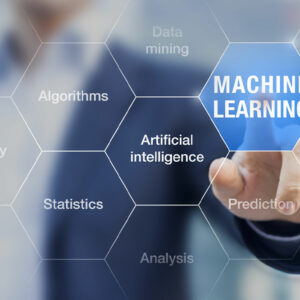
Understanding the different aspects of supervised machine learning
Machine learning is a form of artificial intelligence and a branch of computer sciences. It focuses on using data and algorithms to allow machines to imitate human behaviors and learning. The machines continue to learn with the help of the data provided to them and get better, faster, and more accurate. Due to the boom in artificial intelligence over the last decade, machine learning has become crucial in the field of data science. Supervised machine learning Supervised machine learning is a type of machine learning where the machines are trained using “labeled” data. The machines then use this input data to give an output. Labeled data is when some of the input data is already connected/tagged with the accurate output data. In supervised learning, the data that you provide the machine is the supervisor that teaches the machine how to give an accurate prediction or output. Supervised machine learning is mainly used for risk assessment, classification of images, as well as fraud detection, and spam filtration. Different types of supervised machine learning There are different types of supervised machine learning based on the type of problem, and they are regression and classification. Regression algorithms Regression models of machine learning are used when there is a relationship between the data that is used as input and the output variable.






